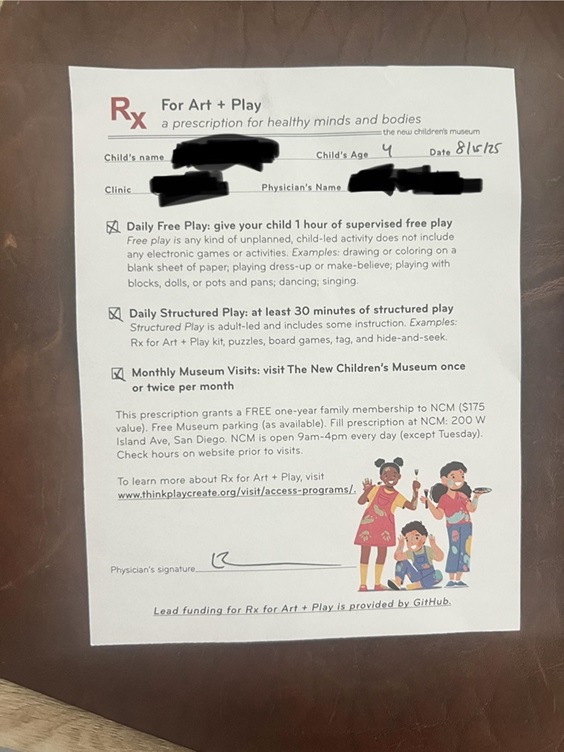You may not have heard about the Savannah Bananas baseball team. Or rather it may be more accurate to say Banana Ball team because they play a game that is a heavily altered version of baseball. The game is limited to two hours. Score is kept based on points rather than runs. Audience catching foul balls count as outs. One of the pitchers bats and pitches on stilts.
I have seen a handful of arts professionals cite the team as an example of the rule breaking arts organizations should embrace to remain relevant in their communities.
Their games are in pretty high demand among audiences. They played two dates earlier this month in Denver’s Coors Field which holds 50,000 people and you had to register in November 2024 for a lottery that would allow you to purchase tickets.
One of the big elements to the show/game is the choreographed dances the pitcher, catcher, infielders, and sometimes the umpire execute.
Recently there was an interview with the choreographer, Maceo Harrison, in Dance Spirit to talk about how the dances come together. I thought it was a good indication of what the Bananas are trying to accomplish when Harrison talked about how they were recruiting players with performing arts backgrounds.
Have you noticed that as the Bananas’ exposure has grown, newer players tend to come in with more arts training?
Yes, this year we are seeing a lot of players that have a wide background of skills. We have guys that can play piano. We have Dalton Mauldin, who’s an actual singer, and we have Kyle Jackson (“KJ”), who has a musical theater background. We have a lot of athletes that have hidden talents—even dancing. So I think that’s definitely what we’re gravitating towards moving forward.



There is another way. The Gewandhaus Leipzig in Germany (concert venue) offers flex- tickets for a small premium. Not an…